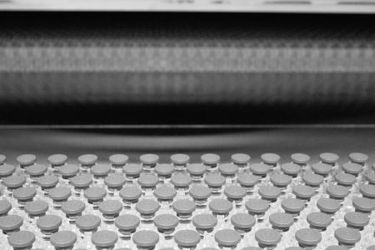Demystifying Lyophilization: Understanding The Freeze-Drying Process

Lyophilization, also known as freeze-drying, involves freezing the product, creating a vacuum, and drying it at a low temperature to produce a freeze-dried powder that can be easily reconstituted. The advantages of lyophilization are numerous. It offers long shelf-life stability, simplifies the processing of liquid products, and allows for rapid reconstitution when needed. However, there are also challenges associated with the process, including increased processing time, the need for complex equipment, and the requirement for a sterile diluent.
In this article, we delve into the post-drying process, which includes pre-aeration, vial sealing, and inspection for imperfections. We also explore the freeze-drying process, which involves cleaning and sterilizing the chamber, conducting tests to ensure the integrity of the freeze-dryer components, and preparing the product through mechanical, physical, and chemical treatments. The product is then loaded into the lyophilizer and frozen using contact freezing on cooling plates.
Despite the challenges and limitations of lyophilization, advancements in technology and research have helped overcome these obstacles and ensure the safety and efficacy of lyophilized pharmaceuticals. Uncover the secrets behind this remarkable process and its impact on pharmaceutical drug products.
Get unlimited access to:
Enter your credentials below to log in. Not yet a member of Outsourced Pharma? Subscribe today.
